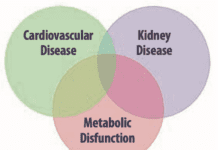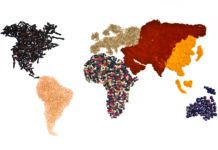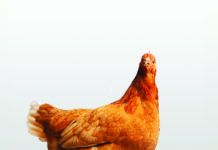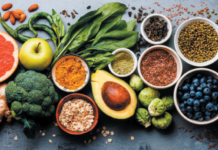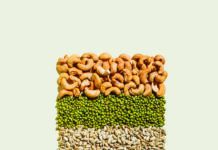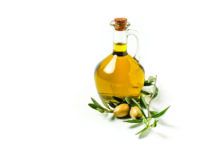Whole grains or foods made from them contain the entire grain seed—all the parts in their original proportions, including the naturally occurring nutrients. According to the Dietary Guidelines for Americans, if the grain has been cracked, crushed or flaked, a food must retain the same relative proportions as they exist in the intact grain to be called a “whole grain.” This means that 100% of the original grain—all of the bran, germ and endosperm—must be present to qualify as a whole grain. Refined grains retain only the endosperm portion of the original seed.
When consumed in a form including the bran, germ and endosperm, these are examples of generally accepted whole-grain foods and flours:
– Amaranth
– Barley
– Buckwheat
– Corn, including whole cornmeal and popcorn
– Millet
– Oats, including oatmeal
– Quinoa
– Rice, both brown rice and colored rice
– Rye
– Sorghum (also called milo)
– Teff
– Triticale
– Whole wheat, including varieties such as spelt, emmer, farro, einkorn, Kamut, durum and forms such as bulgur, cracked wheat and wheatberries
– Wild rice
If the package does not contain the Whole Grain Stamp from the Whole Grains Council <wholegrainscouncil.org>, look at the ingredients label for such phrases as “100% whole [name of grain].” All these phrases on packages indicate that a product genuinely contains whole-grain ingredients:
– whole grain [name of grain]
– whole wheat
– whole [other grain]
– stoneground whole [grain]
– brown rice
– oats, oatmeal (including old-fashioned oatmeal, instant oatmeal)
– wheatberries
Other words indicate only a “maybe.” These include: wheat, wheat flour, semolina, durum wheat, organic flour, stoneground (without “whole”) and multigrain. Words that never describe whole grains include enriched flour and degerminated (on corn meal). Terms like wheat germ and bran indicate supplemental fiber was added to the product.



